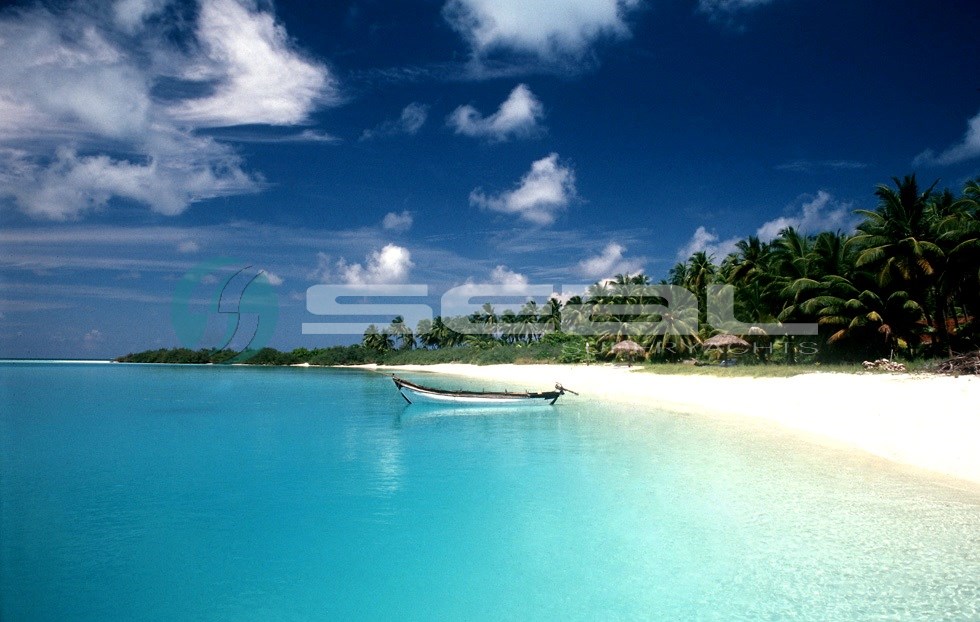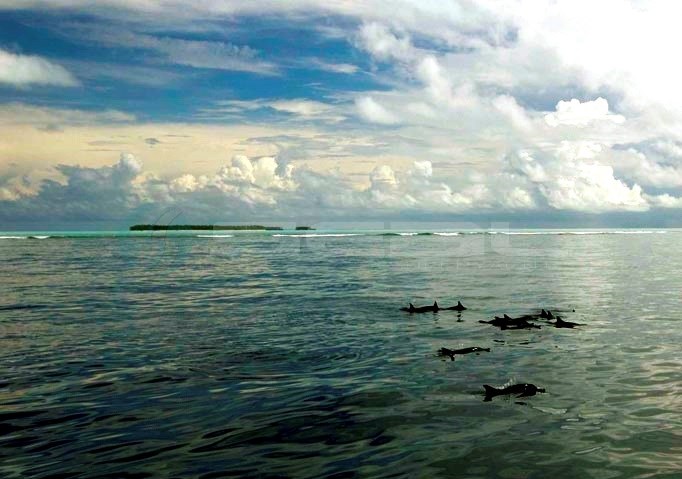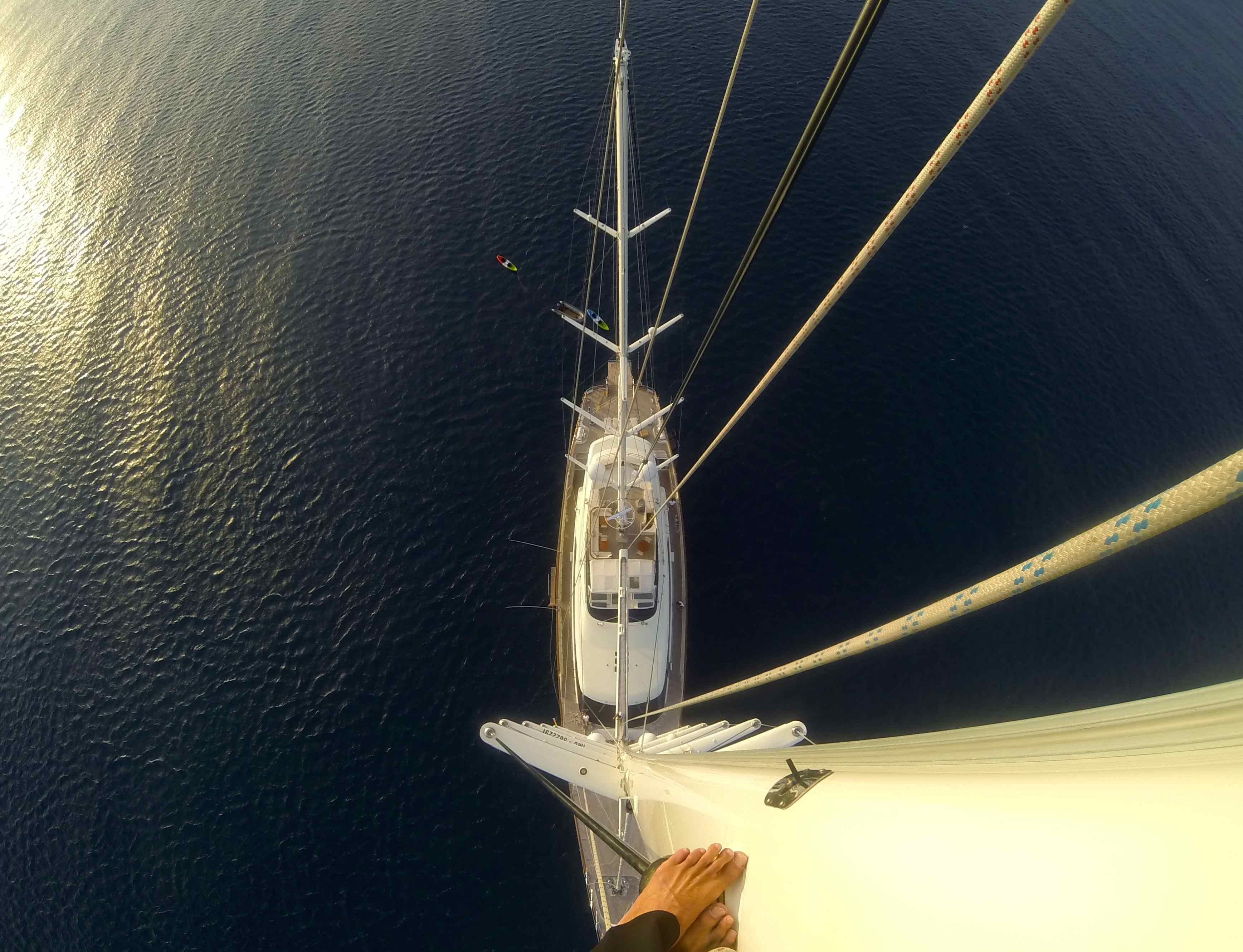India Destination Information
Indian Sub-Continent & the Andaman Islands
 India, officially the Republic of India, is a country in South Asia. It is the seventh-largest country by geographical area, the second-most populous country with over 1.2 billion people, and the most populous democracy in the world. Bounded by the Indian Ocean on the south, the Arabian Sea on the south-west, and the Bay of Bengal on the south-east, it shares land borders with Pakistan to the west, China, Nepal, and Bhutan to the north-east; and Burma and Bangladesh to the east. In the Indian Ocean, India is in the vicinity of Sri Lanka & the Maldives; in addition, India’s Andaman & Nicobar Islands share a maritime border with Thailand and Indonesia.
India, officially the Republic of India, is a country in South Asia. It is the seventh-largest country by geographical area, the second-most populous country with over 1.2 billion people, and the most populous democracy in the world. Bounded by the Indian Ocean on the south, the Arabian Sea on the south-west, and the Bay of Bengal on the south-east, it shares land borders with Pakistan to the west, China, Nepal, and Bhutan to the north-east; and Burma and Bangladesh to the east. In the Indian Ocean, India is in the vicinity of Sri Lanka & the Maldives; in addition, India’s Andaman & Nicobar Islands share a maritime border with Thailand and Indonesia.
India comprises the bulk of the Indian subcontinent and lies atop the minor Indian tectonic plate, which in turn belongs to the Indo-Australian Plate. India’s defining geological processes commenced 75 million years ago when the Indian subcontinent, then part of the southern Gondwana, began a north-eastward drift across the then-unformed Indian Ocean that lasted fifty million years. The subcontinent’s subsequent collision with, and subduction under, the Eurasian Plate bore aloft the planet’s highest mountains, the Himalayas. India’s coastline measures 7,517 kilometres in length; of this distance, 5,423 kilometres belong to peninsular India and 2,094 kilometres to the Andaman, Nicobar & Lakshadweep island chains. According to the Indian naval hydrographic charts, the mainland coastline consists of the following: 43% sandy beaches; 11% rocky shores, including cliffs; and 46% mudflats or marshy shores.
The Indian climate is strongly influenced by the Himalayas & Thar Desert, both of which drive the economically and pivotal summer and winter monsoons. The Himalayas prevent cold Central Asian katabatic winds from blowing in, keeping the bulk of the Indian subcontinent warmer than most locations at similar latitudes. The Thar Desert plays a crucial role in attracting the moisture-laden south-west summer monsoon winds that, between June and October, provide the majority of India’s rainfall. Four major climatic groupings predominate in India: tropical wet, tropical dry, subtropical humid, and montane.
LAKSHADWEEP ISLANDS
 Lakshadweep is a group of islands in the Laccadive Sea, 200 to 440 km off the coast of the South West Indian state of Kerala. They were also known as Laccadive Islands, although geographically this is only the name of the central subgroup of the group. The islands form the smallest Union Territory of India. The total surface area of the islands is just 11 sq mi or 32 km2. However, the lagoon area is about 4,200 square kilometres (1,600 sq mi), the territorial waters area is 20,000 square kilometres (7,700 sq mi) and the exclusive economic zone area is 400,000 square kilometres (150,000 sq mi). Lakshadweep is an archipelago of twelve atolls, three reefs and five submerged banks, with a total of about thirty-nine islands and islets.It is the northern part of the erstwhile Lakshadweepa.
Lakshadweep is a group of islands in the Laccadive Sea, 200 to 440 km off the coast of the South West Indian state of Kerala. They were also known as Laccadive Islands, although geographically this is only the name of the central subgroup of the group. The islands form the smallest Union Territory of India. The total surface area of the islands is just 11 sq mi or 32 km2. However, the lagoon area is about 4,200 square kilometres (1,600 sq mi), the territorial waters area is 20,000 square kilometres (7,700 sq mi) and the exclusive economic zone area is 400,000 square kilometres (150,000 sq mi). Lakshadweep is an archipelago of twelve atolls, three reefs and five submerged banks, with a total of about thirty-nine islands and islets.It is the northern part of the erstwhile Lakshadweepa.
The islands are the northernmost among the Lakshadweep-Maldives-Chagos group of islands, which are actually the tops of a vast undersea mountain range, in the Indian Ocean, the Chagos-Laccadive Ridge. Ten of the islands are inhabited. The islands are served by an airport on the Agatti island. The main islands are Kavaratti, Agatti, Minicoy, and Amini. The total population of the territory is 60,595. The reefs are in fact also atolls, although mostly submerged, with only small unvegetated sand cays above the high water mark. The submerged banks are sunken atolls. Almost all the atolls have a northeast-southwest orientation with the islands lying on the eastern rim, and a mostly submerged reef on the western rim, enclosing a lagoon. It has 10 inhabited islands, 17 uninhabited islands, attached islets, 4 newly formed islets and 5 submerged reefs. The Amindivi group islands (consisting of Amini, Keltan, Chetlat, Kadamat, Bitra and Perumal Par) and the Laccadive group islands (comprising mainly Androth, Kalpeni, Kavaratti, Pitti and Suheli Par), both have a submarine connection between them. Together with Minicoy Island, located at the southern end of the 200 km broad Nine Degree Channel, they form the Coral Islands of India in the Arabian Sea. All these islands have been built up by corals and have fringing coral reefs very close to their shores.
ANDAMAN AND NICOBAR ISLANDS
 All the 572 islands of Andaman and Nicobar Islands are formed by a submarine mountain range, which separates the Bay of Bengal from Andaman Sea. Maximum altitude of these islands reaches up to 730 m at Saddle Peak. Andaman and Nicobar Islands experience a tropical climate. It rains here medium to heavy during the monsoon, as well as between May to mid-September and November to mid-December. You would never experience extreme climate here except rains and tropical storms in late summer. More than 3,000 species of plants including mangroves, epiphytes (130 ferns, 100 orchids), palms, woody climbers, timbers (teak, mahogany and Andaman paduk) are harbored in the canopied rain forests of the islands. A large variety of tropical fruits are also found here. Marine fauna is diverse including a wide variety of tropical fish and coral. Considering the diversity and uniqueness of fauna and flora and the fragile nature of the eco-system here, 96 sanctuaries spread over 466.218 sq km and nine National Parks spread over 1153.938 sq km have been notified on these islands.
All the 572 islands of Andaman and Nicobar Islands are formed by a submarine mountain range, which separates the Bay of Bengal from Andaman Sea. Maximum altitude of these islands reaches up to 730 m at Saddle Peak. Andaman and Nicobar Islands experience a tropical climate. It rains here medium to heavy during the monsoon, as well as between May to mid-September and November to mid-December. You would never experience extreme climate here except rains and tropical storms in late summer. More than 3,000 species of plants including mangroves, epiphytes (130 ferns, 100 orchids), palms, woody climbers, timbers (teak, mahogany and Andaman paduk) are harbored in the canopied rain forests of the islands. A large variety of tropical fruits are also found here. Marine fauna is diverse including a wide variety of tropical fish and coral. Considering the diversity and uniqueness of fauna and flora and the fragile nature of the eco-system here, 96 sanctuaries spread over 466.218 sq km and nine National Parks spread over 1153.938 sq km have been notified on these islands.
If the mainland of India is a store house of myriad tourist spots, its islands are not far behind as these tiny pieces of land offer the much sought-after serenity and privacy for leisure travelers. Located in the Bay of Bengal, is a premier tourist attraction in the country. Powder white beaches, swaying palm trees in the mild breeze, lush, green rain forests, sound of waves breaking on a coral reef and chirping rare birds, all of these are the major highlights of Andaman and Nicobar Islands. This Union Territory of India is home to some of the oldest tribes in the world. The visitors have a choice either to indulge in adventure activities such as trekking, diving and snorkeling, or just relax by the sea enjoying the cool breeze gently caressing your body. This group of 572 islands lies 193 km away from Cape Negrais in Myanmar, 1255 km from Calcutta, and 1190 km from Chennai. Situated in the Bay of Bengal, these two important groups of islets are known as Ritchie’s archipelago and Labyrinth islands. Located to the south of the Andamans, Nicobar islands are 121 km from Little Andaman island. Only 36 islands out of 572 islands are inhabited. These islands are placed between the latitudes 6º to 14º North and longitudes 92º to 94º East.